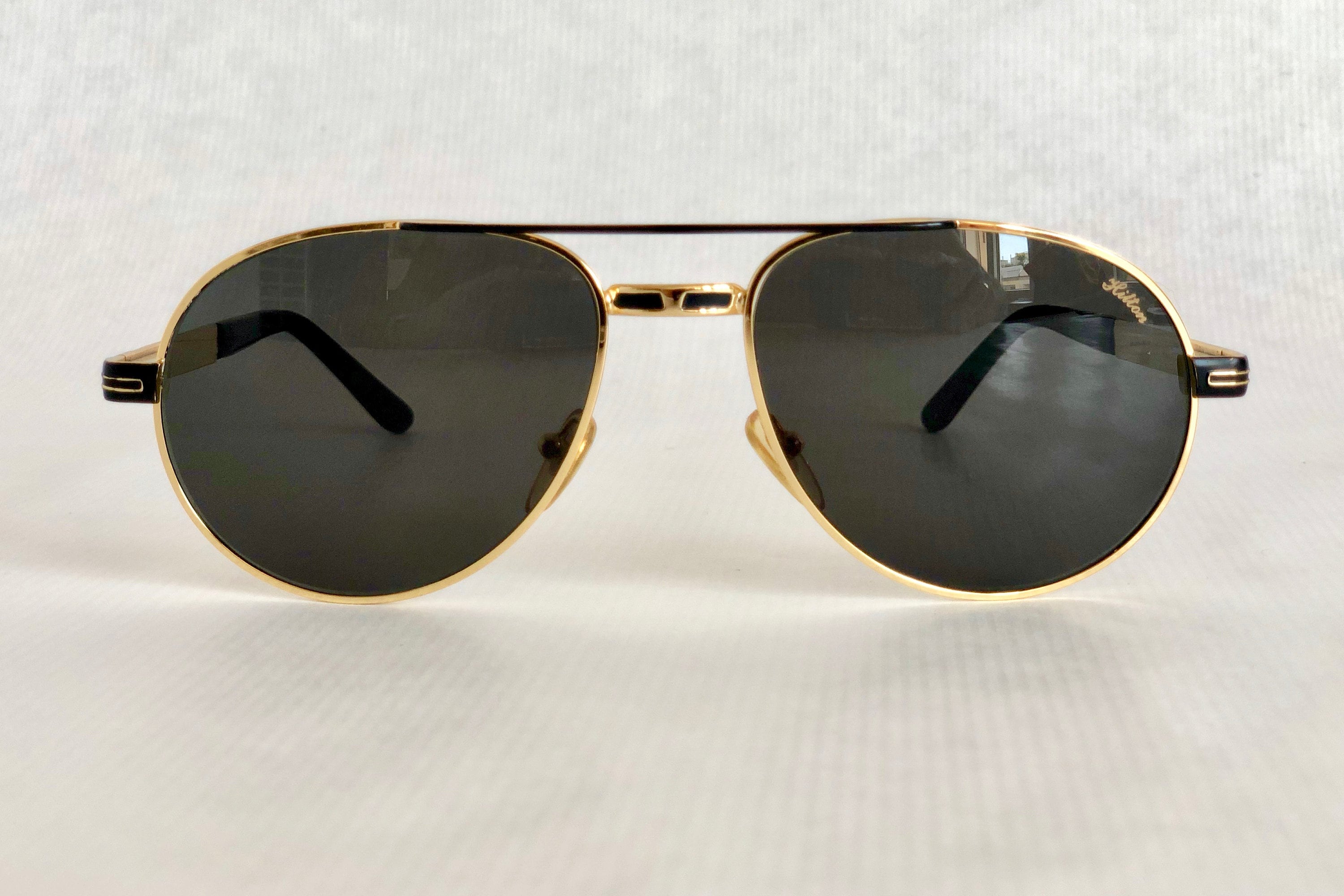Sunglasses Are Made Of This Type Of Glass. One of the most easily noted differences between plastic and glass is how the material transmits sound on light, sharp impact. It can be said that this material was developed in equal parts by Schnell and General.

Glass is known for that distinct ringing sound or a soft *tink* at the very least while plastic will. The time to make a pair of spectacles or sunglasses varies on the volume of production. They come in glass and polycarbonate.
Also, because frames made with the material are usually thin and difficult to color, there are limited options in terms of color patterns available for Monel steel frames. The plastic lens rapidly became very popular because they were lighter, less prone to breakage and more comfortable choice for those who wear eye glasses. They are very light and therefore comfortable to wear.
Polycarbonate is a plastic that is easily moldable with temperature. Types of Sunglasses by Frame Shape.. While many favorite types of sunglasses, including the wayfarer, cat-eye, and clubmaster, exude retro-inspired style, other on-trend types of designer shades borrow one or more design elements from these popular silhouettes.
Most nonprescription sunglass lenses are plastic. Choosing the right eyeglass frames is very important. You should find a pair that fits your lifestyle, is comfortable for long-term wear, and expresses your personal style.
The vast majority of lenses are made of colorized plastic, such as polycarbonate. This type of metal is excellent for use in glasses and sunglasses but it is more expensive than cellulose acetate which can drive up the prices for glasses constructed with it. If you want or need high-performance sunglasses that will be fog-free and ballistic-rated, Leupold is the absolute best that you can get.
The vast majority of lenses are made of colorized plastic, such as polycarbonate. Plastic is softer and doesn't resonate the same way glass does when struck. Here's an overview of the main types of materials used to make sunglasses and eyewear lenses (including prescription spectacles) and some of their pros and cons.
They have thick frames, usually made from plastic. Of course, sunglasses don't just protect your eyes from the sun or block out glare — they also let you. Sunglasses consist of a pair of light-filtering lenses and a frame to hold them in place.
This type of metal is excellent for use in glasses and sunglasses but it is more expensive than cellulose acetate which can drive up the prices for glasses constructed with it. The vast majority of lenses are made of colorized plastic, such as polycarbonate. The most popular lens material for safety eyewear is polycarbonate, but Trivex lenses are becoming increasingly popular.
Most nonprescription sunglass lenses are plastic. It breaks into large and very dangerous jagged shards (it's probably what's used in dramatic Film Noire scenes). They have thick frames, usually made from plastic.
They come in glass and polycarbonate. All sunglasses must meet impact standards set by the Federal Food and Drug Administration (FDA) for safety. They're the signature Ray-Ban frames we all think of, though they are available from many different brands.
Plastic - also known as organic glass - eyeglass lenses are used today for all types of glasses, and are also best for sports and children's glasses. All sunglasses must meet impact standards set by the Federal Food and Drug Administration (FDA) for safety. It's the most scratch resistant lens material and blocks UV light. … Continue reading "The Pros & Cons of.
If you wear contact lenses, know that only some types contain any degree of UV protection. Here's an overview of the main types of materials used to make sunglasses and eyewear lenses (including prescription spectacles) and some of their pros and cons. Sunglass frames are usually made of either plastics or some type of metal.
They are also highly break resistant. Sunglasses consist of a pair of light-filtering lenses and a frame to hold them in place. Plastic lenses are very difficult to crack or break and are much more durable than glass lenses— making them a great choice for both kids and adults.
A mirror coating does not get hot in sunlight and it prevents scattering of rays in the lens bulk. They are also highly break resistant. Most nonprescription sunglass lenses are plastic.
This can save you from switching back and forth between several pairs of glasses. It can be said that this material was developed in equal parts by Schnell and General. Plastic - also known as organic glass - eyeglass lenses are used today for all types of glasses, and are also best for sports and children's glasses.
All sunglasses must meet impact standards set by the Federal Food and Drug Administration (FDA) for safety.
Choosing the right eyeglass frames is very important.
If you wear contact lenses, know that only some types contain any degree of UV protection. The plastic lens rapidly became very popular because they were lighter, less prone to breakage and more comfortable choice for those who wear eye glasses. They have thick frames, usually made from plastic.






